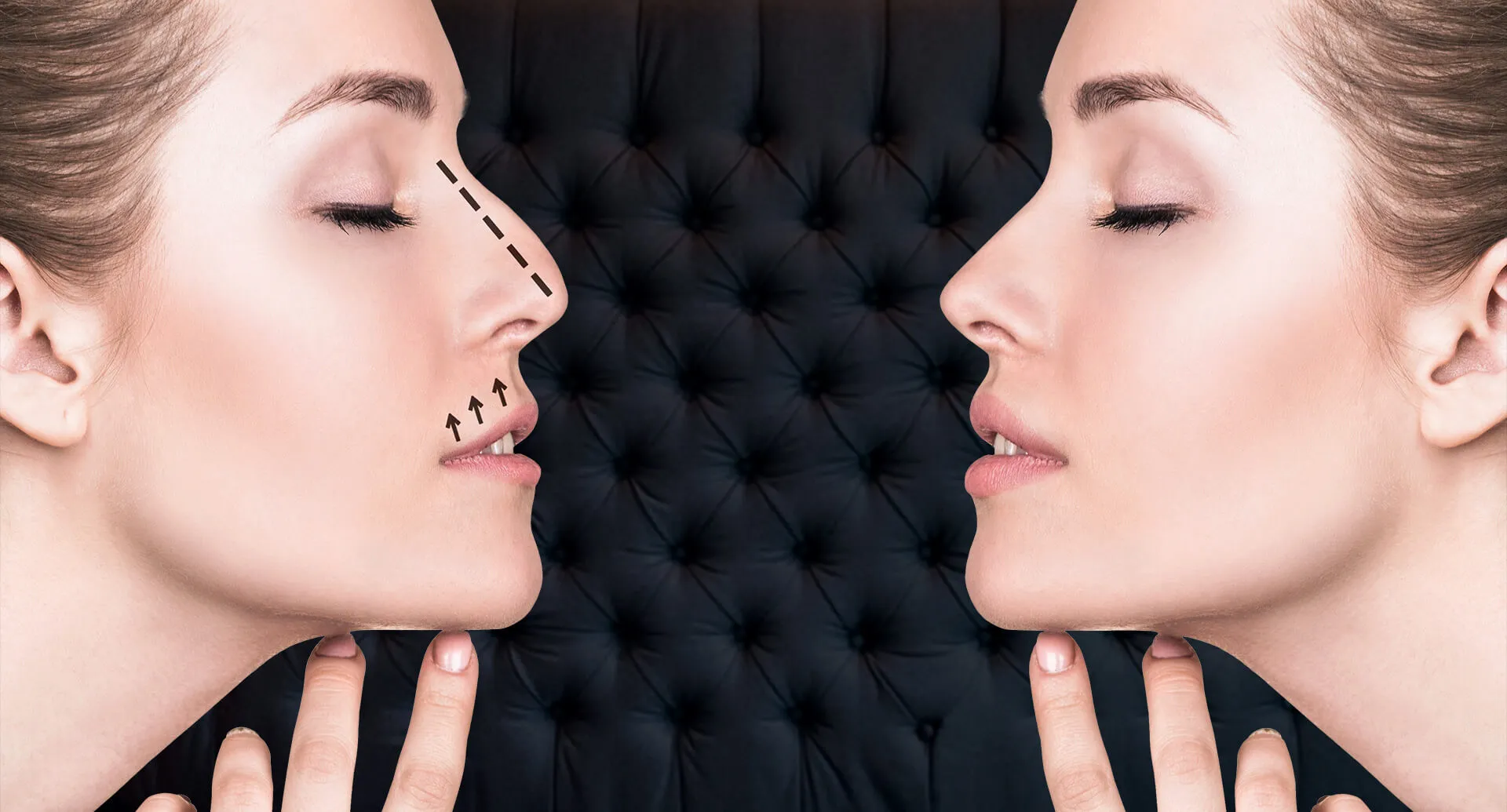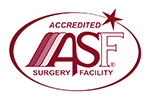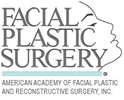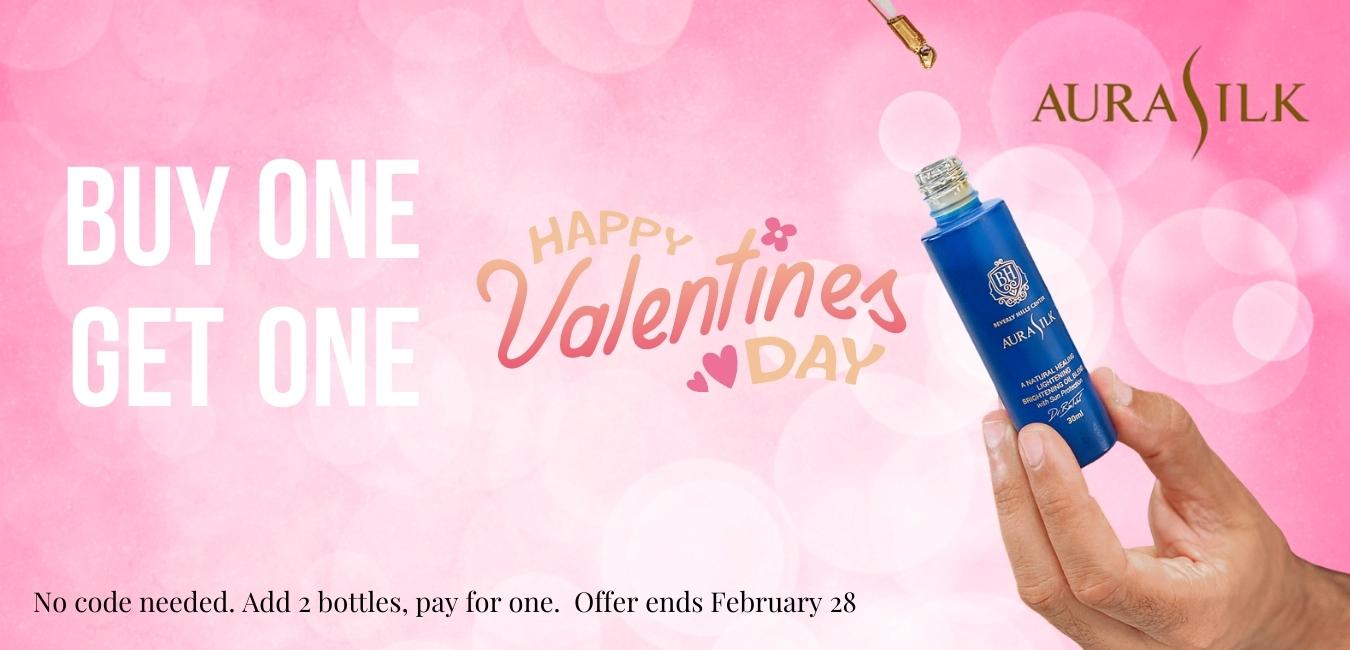Rosacea Treatment
Rosacea can be a very troubling issue for many patients visiting our office. Many patients present to us a hopelessness and concern that nothing can be done, having had multiple failed prior attempts at treatment. Fortunately, there are many non-surgical and non-invasive options available to help improve and soften the appearance of rosacea.
Rosacea may present in many forms, some chronic and some causing more short-lived exacerbations. There are 2 main subtypes of rosacea commonly noted:
- Subtype 1: Ertyhematotelangiectatic (ETR) rosacea – smooth and red
- Subtype 2: Papulopustular rosacea – bumpy and red
Two less common forms are:
- Subtype 3: Phymatous rosacea – thickened, bumpy and possibly red
- Subtype 4: Ocular rosacea – red and irritated eyes
- Can My Rosacea Be Treated?
- In most cases, the answer is yes. However, the treatments are not typically curative or permanent. For some patients, exacerbations can be prevented by avoiding sun, spicy food, alcohol or straining. Sunscreen is always recommended with a SPF of 50, if possible. For many patients with papulopustular rosacea, standard acne treatments work best.
- Topical Medical Treatments
- The following treatments have been used with variable success depending on the skin type:
- Azelaic acid gel or cream (15-20%) – azelaic acid (Finacea) has classically been used for papulopustular rosacea and acne. It works mainly by providing an acidic environment on the face, which makes the skin a hostile environment for bacteria and fungi to grow on. This may make your face red initially, but it eventually calms down. This can be combined with other creams and even brimonidine eye drops to blanch the face for special occasions.
- Metronidazole topical (0.75-1%) – The 1% formulation has shown great success for papulopustular rosacea and sometimes for ETR.
- Tetracylclines – These medications may cause photosensitivity but have been a mainstay of treatment for all types of rosacea and acne, along with other topical antibiotics.
- Sirolimus (0.2%) – Sirolimus (Rapamycin) is more of an investigational drug used to prevent the regrowth of vessels in more resistant cases. This is not typically recommended for the more common cases, as periodic blood testing needs to be done to ensure safety.
- Ivermectin (1%) – Ivermectin cream (Soolantra) is now available for inflammatory forms of rosacea as this medication has anti-inflammatory and anti-parasitic activity. There is no evidence at this point proving its mechanism against demodex mites, but many patients have shown great promise with this once daily medication.
- Oxymetazoline – Typically used as an intranasal medication, this has been mixed off-label and placed on the face by some patients with or without moisturizer. We do not recommend this or Visine, as it may cause rebound redness or blotchiness.
- Brimonidine (0.15-0.33%) – Brimonidine is now available as an eye drop (Alphagan) or a gel (Mirvaso). This is the most promising topical medication to date for patients seeking resolution of redness prior to an event. The effects may last 12 to 24 hours for most patients, but should not be used for more than 4 days in a row. Mirvaso is a wonderful medication but can be quite costly. Many patients have had great success using a single drop of brimonidine 0.2% mixed into a moisturizer, although this is an off-label use.
- What are the Good And Bad Laser Treatments for Rosacea?
- Almost any type of laser treatment has the potential to worsen the rosacea temporarily or permanently when not used correctly. Ablative lasers such as fractionated CO2 and fractionated Erb:YAG have been known to cause temporary or permanent exacerbations of ETR. This is NOT a contraindication to laser resurfacing, but you should be aware that resurfacing could cause a flare up temporarily. Sublative lasers (1440-1540nm) and radiofrequency (RF) devices used for skin tightening have much less potential of flare-ups than their ablative counterparts mentioned.
- Pulsed-Dye Laser
- A pulsed-dye laser (575-595nm) has long been the gold standard in treatment of vascular lesions, including rosacea. It has shown the greatest efficacy, with the lowest amount of complications for most skin types. The best pulsed-dye laser on the market is the newer Vbeam Perfecta, which has an increased depth of penetration as well as cryogen cooling spray for patient comfort. This treatment is typically repeated once or twice a year.
- Intense Pulsed Light
- Most forms of intense pulsed light (IPL) can actually worsen rosacea and discolor the overlying skin. IPL differs from lasers by dispersing a broad band, high intensity light rather than a single wavelength like a laser would. This means that more colors absorb the energy of IPL. Palomar ICON Max G can be used for rosacea however, since the hand pieces on this IPL filter out the unwanted wavelengths. This enables the laser to target and coagulate vessels while preserving the normal surrounding skin.
- Yellow, Red, and Green Lasers
- There are a large variety of other lasers, which may also target rosacea. Some are more effective than others, depending on the skin type and the machine used. The 532nm KTP and diode lasers are good for targeting very small lesions. The 577nm yellow lasers are equally effective. Dual band diode lasers with 532nm and 1064nm combined have also shown good efficacy for mixed blue and red lesions.
No matter what type of rosacea you have, the specialists at the Beverly Hills Center for Plastic & Laser Surgery can guide you. Contact us today to schedule a consultation to learn more about advanced rosacea treatments.
















